
Sowing Seeds of Conservation: Marvellous Mangroves in China
Location: Gaoqiao, Guangdong Province, China
Date: April/May 2012
Goal: To equip primary school teachers to effectively deliver the Chinese Marvellous Mangroves curriculum through hands-on training and practical classroom tools
Partners
Nationally tailored Marvellous Mangroves curriculum completed and launched in Mandarin
36 teachers from 11 schools participated in a three-day ‘train the trainer’ workshop
Teachers received full classroom kits, including 40 magnifying lenses each
What we did
To introduce the newly developed curriculum, MAP and ZMNNR hosted a three-day “train the trainer” workshop in the mangroves of Gaoqiao, Guangdong Province, for 36 teachers from 11 local schools. Led by MAP’s Educational Director and experienced local educators, the workshop introduced participants to the newly published 300-page “Marvellous Mangroves” curriculum and teachers’ guide. Teachers explored how to deliver interactive lessons such as the Water Cycle Rap, Detritus Tag (a bioaccumulation activity), and Migration Headache. They were also shown how to build simple dip nets using basic materials and how to guide students in using hand lenses. Each teacher received a full set of classroom resources, including 40 magnifying lenses to support hands-on learning. The workshop concluded with a field trip to the mangroves, giving participants the opportunity to apply their new knowledge in a real-world setting. Just a month later, teachers were already bringing the curriculum to life with their Grade 4 students during a dedicated “Marvellous Mangroves” day.




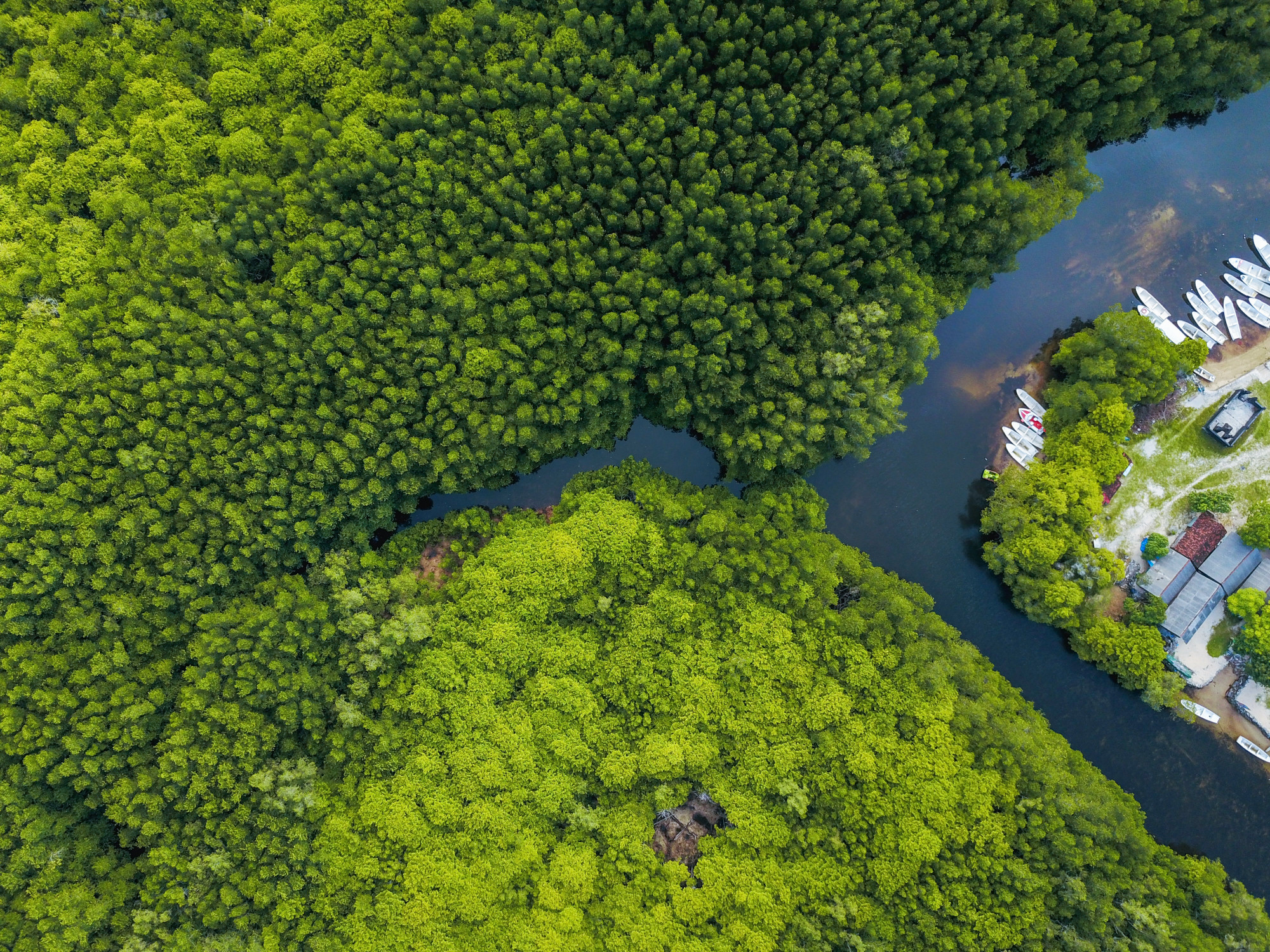
Interested in working with us?
Get in touch with us at cassie@mangroveactionproject.org
Related work
- Read more about ‘Marvellous Mangroves’ student education & Mangrove Restoration Training in Suriname
‘Marvellous Mangroves’ student education & Mangrove Restoration Training in Suriname
Location: Suriname Timeline: May 2019 Goal: To conduct an interdisciplinary training course that helps students explore and understand the function…
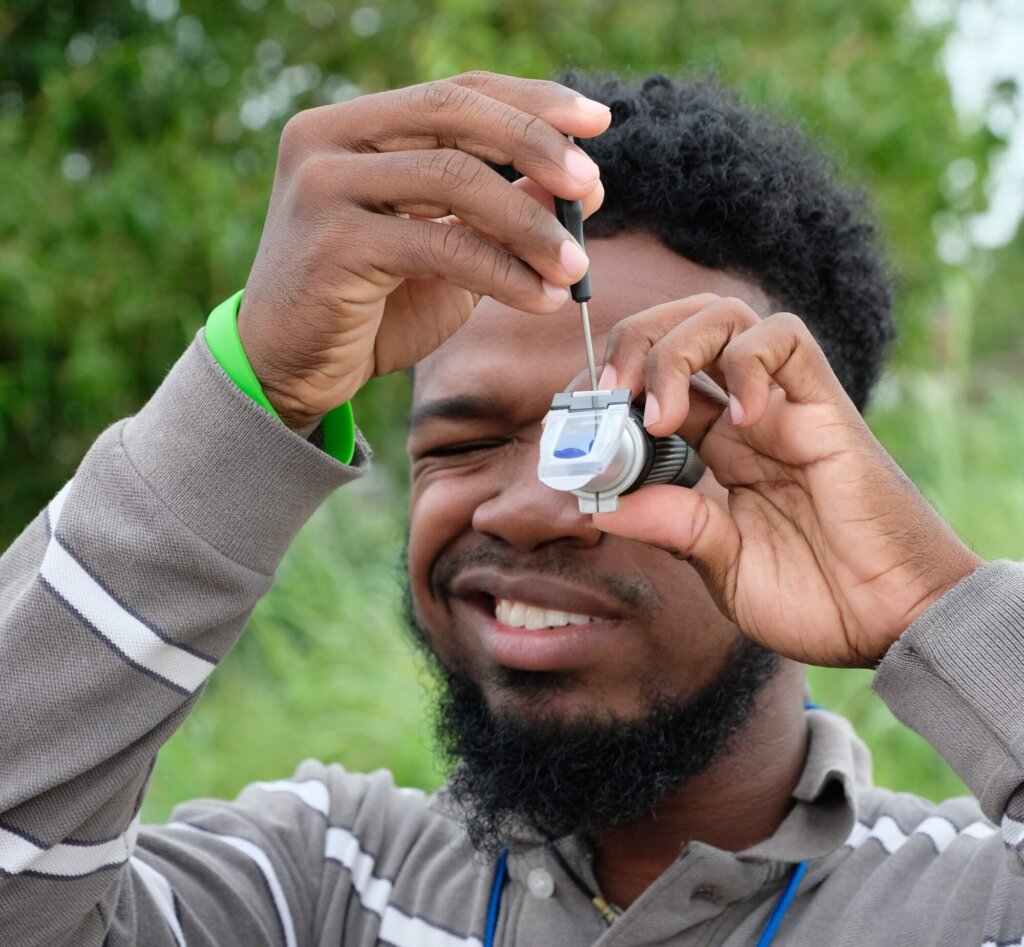
- Read more about Bringing Mangrove Education to Schools in Bangladesh
Bringing Mangrove Education to Schools in Bangladesh
Location: Khulna, Bangladesh Start Year: July 2013 Timeline: 8 days Goal: To deliver Marvellous Mangroves workshops to rural schools in…
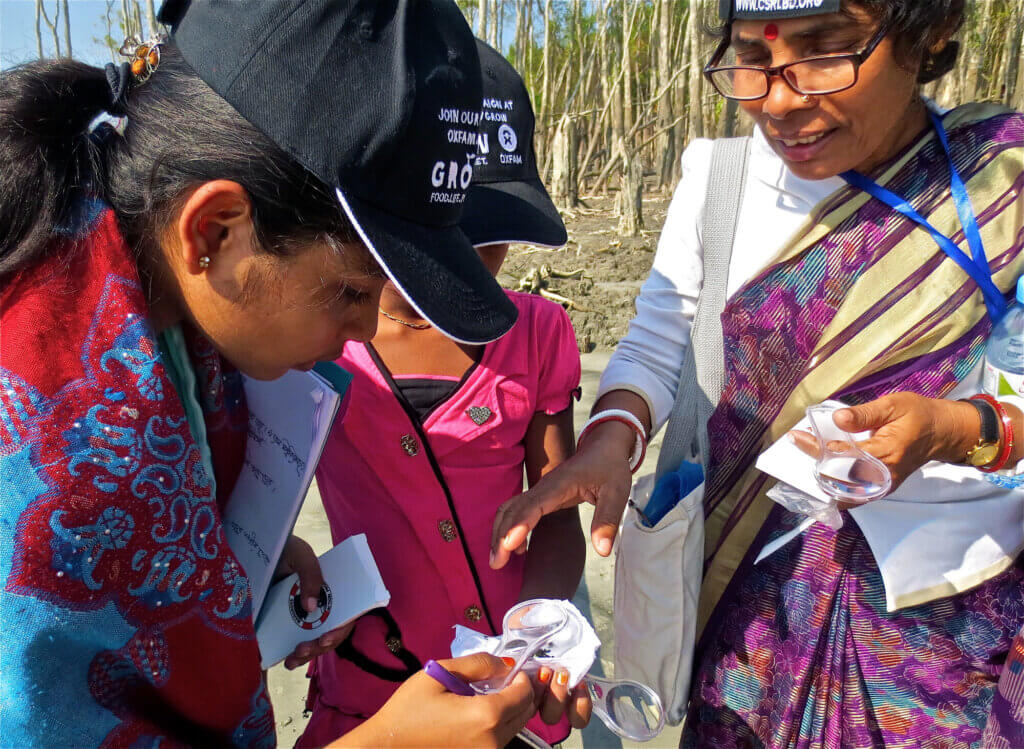
- Read more about Fostering a sustainable network in Honduras
Fostering a sustainable network in Honduras
Location: Honduras Timeline: February 2015 Goal: To work collaboratively with local officials to persuade local villagers and village leaders to reduce…
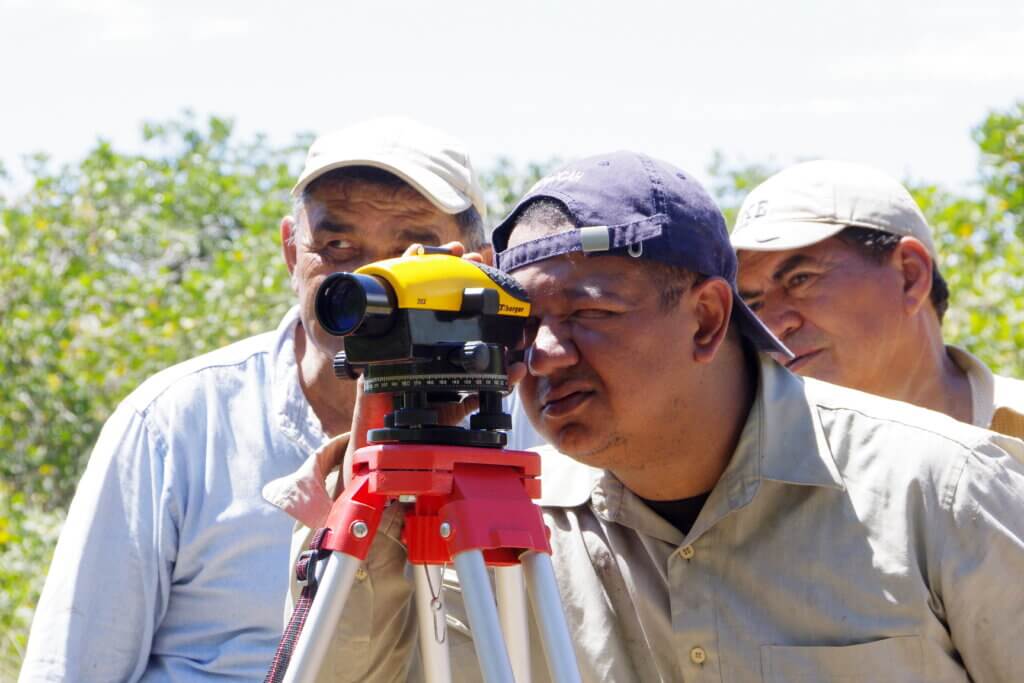
- Read more about Piloting MAP’s ‘Coastal Education Program’
Piloting MAP’s ‘Coastal Education Program’
Location: Belize Timeline: 8-15th May 2024 Goal: The goal of this trip was to introduce MAP's 'Coastal Education Program' (CEP) in…
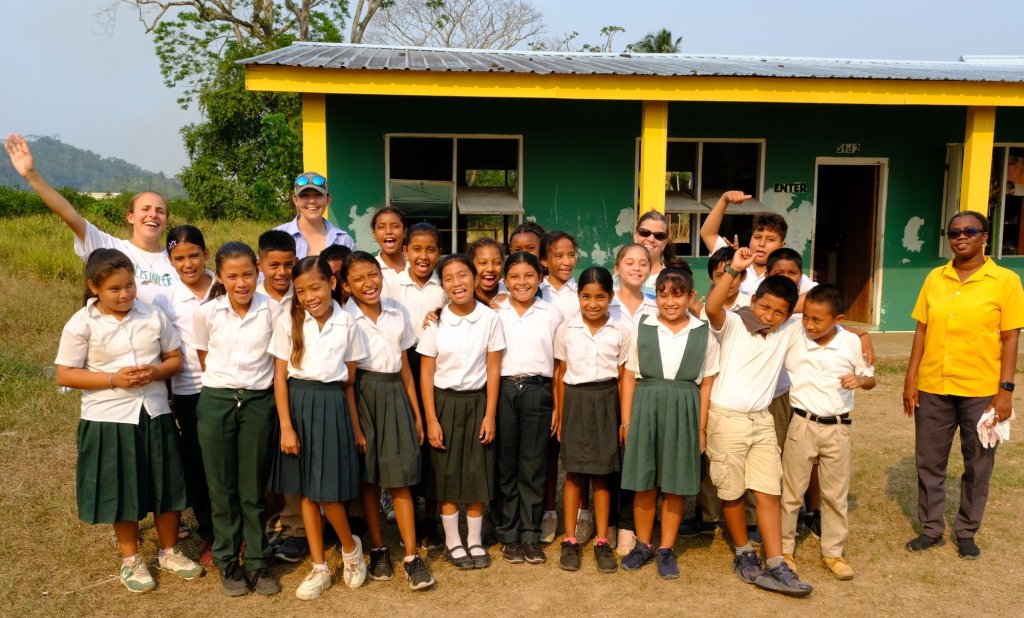
- Read more about Bringing Marvellous Mangroves to Brazilian Schools
Bringing Marvellous Mangroves to Brazilian Schools
Location: Brazil Start Year: 2006 Goal: To develop a locally adapted version of the Marvellous Mangroves curriculum for Brazil and implement it…
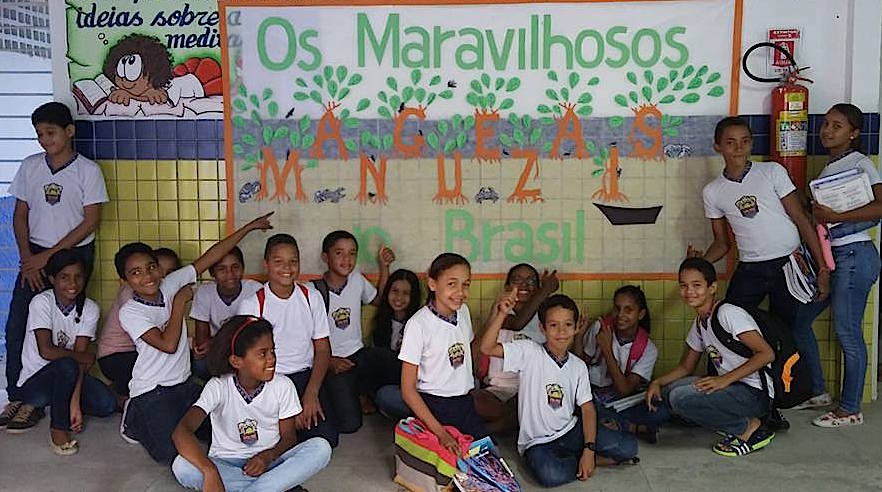
- Read more about Mangrove Education for Port Town Youth
Mangrove Education for Port Town Youth
Location: Topolobampo, Sinaloa, Mexico Date: 2021 Goal: To introduce the Marvellous Mangroves environmental education program to youth in Topolobampo, Mexico, raising…
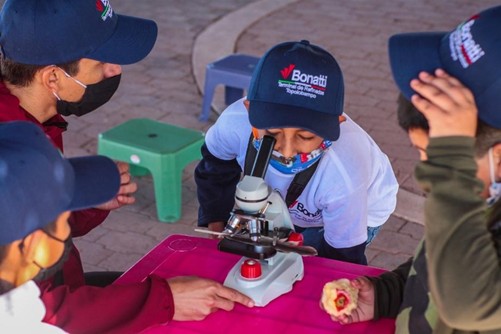
- Read more about Queensland Classrooms Dive into Mangrove Ecology
Queensland Classrooms Dive into Mangrove Ecology
Location: Queensland, Australia Start Year: 2014 Goal: To launch and promote a Queensland-specific Marvellous Mangroves curriculum for primary school teachers and…




